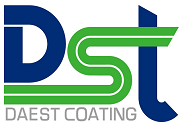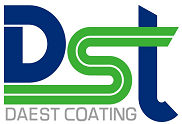Single-sided FPC has a layer of a chemically etched conductive pattern, and the conductive pattern layer on the surface of the flexible insulating substrate is a rolled copper foil. The insulating substrate could be aramid fiber, polyethylene terephthalate, polyamide, and polyvinyl chloride. Single-layer flexible PCB can be divided into the following four sub-categories:
1). Single-sided connection without covering layer
The conductive pattern is on the insulating substrate, the surface of leads is without covering layer, they are interconnected by soldering, welding, or pressure welding. This FPC is commonly used in the early telephone.
2). Single-sided connection with covering layer
Comparing to the above FPC, this kind of FPC is with a covering layer on the surface of the lead. What is worth noting is, the pads need to be exposed when covering, the terminal area could be free of covering if permits. This kind of single-sided FPC is the most widely used and normally applied to automotive instrumentation, electronic equipment.
3). Double-sided connection without covering layer
The connecting pad could be connectable whether on the front side or backside of the lead. A via hole is formed on the insulating substrate around the pad by stamping, etching, or other mechanical methods.
4). Double-sided connection with covering layer
Unlike the last type of double-sided FPC, the surface of this type of FPC has a covering layer with vias that allow it to be terminated on both sides and still retain the covering layer, it is made of two layers of insulating material and a layer of metal conductor. Single-Sided Tape, also known as Single-Coated Tape or Single-Faced Tape, is a pressure-sensitive tape consisting of film, foam, foil, cloth or paper face stock with rubber, acrylic, or silicone adhesive on one side, and either has a silicone release liner or is self-wound.


